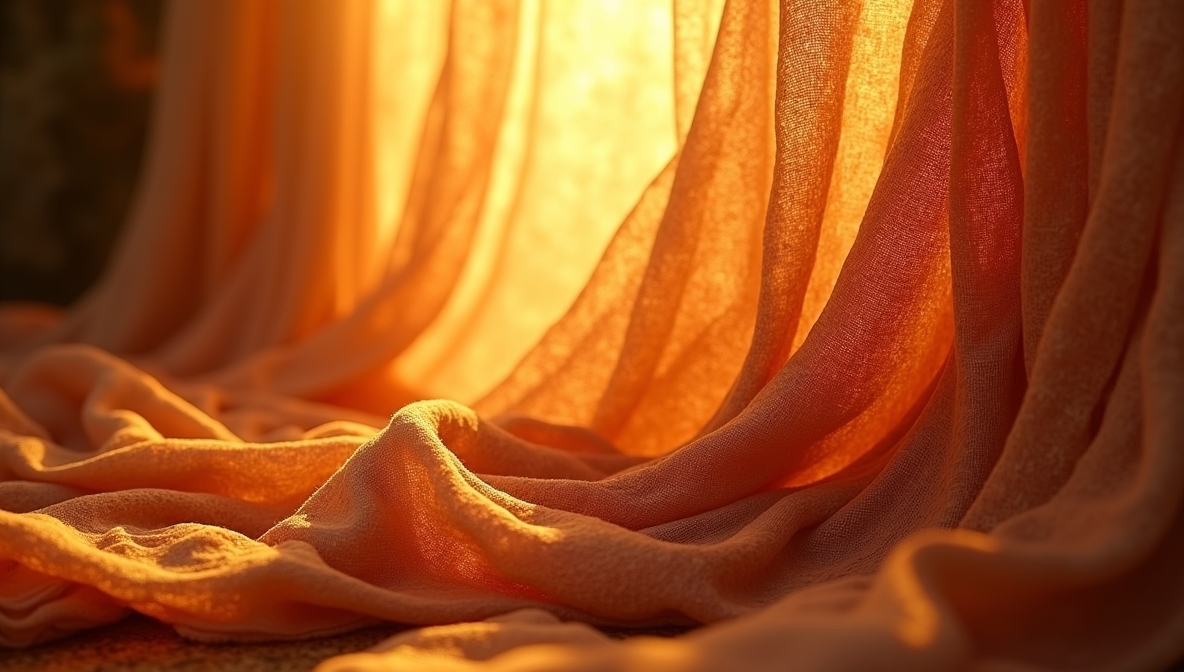Handwoven textiles and tapestry art carry a legacy that transcends time, blending craftsmanship with cultural narratives. The textures, patterns, and colors tell stories of civilizations, traditions, and personal expressions. While mass production has reshaped the fabric industry, handmade weaves continue to hold a special place in design, history, and daily life.
The Craftsmanship Behind Handwoven Textiles
Weaving is more than an art form; it is a testament to human ingenuity and dedication. Every thread interlaced by hand represents patience, skill, and a deep understanding of materials.
Techniques That Define the Craft
Different weaving methods create distinct visual and textural effects. Some of the most notable techniques include:
- Plain Weave – The simplest and most widely used method, where threads interlace in a basic crisscross pattern.
- Twill Weave – Produces diagonal patterns and adds durability, often seen in denim and herringbone designs.
- Satin Weave – Creates a smooth, glossy finish by allowing threads to float over multiple weft or warp threads.
- Tapestry Weaving – A detailed, pictorial style where the weft yarn completely covers the warp, used for storytelling and decoration.
Each technique reflects centuries of refinement, adapting to cultural influences and functional needs.
The Cultural Significance of Woven Textiles
Throughout history, textiles have served as more than just practical fabrics. They represent status, tradition, and artistic expression.
A Global Tapestry of Traditions
- Andean Textiles – Indigenous weavers of South America use natural dyes and intricate patterns to reflect their environment and spiritual beliefs.
- African Kente Cloth – Originating from Ghana, this brightly colored fabric symbolizes identity, wisdom, and storytelling.
- Persian and Oriental Carpets – Highly detailed, these woven masterpieces showcase regional motifs and expert knotting techniques.
- Japanese Kasuri and Shibori – Traditional indigo-dyed fabrics created through resist-dyeing methods, offering striking geometric patterns.
From ceremonial garments to everyday fabrics, woven textiles preserve cultural identities across generations.
The Renaissance of Handwoven Textiles in Modern Design
With growing appreciation for artisanal craftsmanship, handwoven textiles are finding new relevance in contemporary spaces.
Why Artisanship Still Matters
- Sustainability – Handmade textiles often use natural fibers and dyes, reducing environmental impact.
- Durability – Quality over quantity ensures longevity, making them an investment rather than a disposable item.
- Authenticity – Each weave carries a human touch, creating a unique piece with character and history.
Consumers are shifting toward ethically sourced materials, reinforcing the demand for handcrafted quality over factory-made uniformity.
Where Handwoven Textiles Are Making an Impact
- Home Interiors – From handwoven rugs to custom upholstery, these textiles bring warmth and depth to spaces.
- Fashion – Designers are incorporating handloom fabrics into collections, merging heritage with modern aesthetics.
- Art Installations – Textile artists are pushing creative boundaries with large-scale woven works that blur the line between function and sculpture.
The revival of traditional weaving techniques ensures that these crafts continue to inspire new generations.
The Enduring Beauty of Tapestry Art
Unlike conventional paintings, tapestries integrate textile craftsmanship with visual storytelling. Historically, they adorned castle walls, serving as insulation while narrating historical and mythological tales.
Notable Tapestry Styles
- Medieval European Tapestries – Woven masterpieces like “The Lady and the Unicorn” depict allegorical themes with rich symbolism.
- Aubusson and Gobelins Tapestries – French workshops renowned for their intricate landscapes and decorative grandeur.
- Modern Textile Art – Contemporary artists experiment with non-traditional materials, pushing the limits of textile-based storytelling.
The ability of tapestries to merge texture with narrative sets them apart from other forms of artistic expression.
Handwoven Textiles in a Fast-Paced World
Despite the dominance of machine-made fabrics, handwoven textiles retain an irreplaceable charm. Their imperfections add character, their techniques preserve history, and their craftsmanship supports artisans worldwide.
Whether as a functional fabric, an artistic tapestry, or a cultural emblem, these textiles continue to weave their stories into everyday life.



